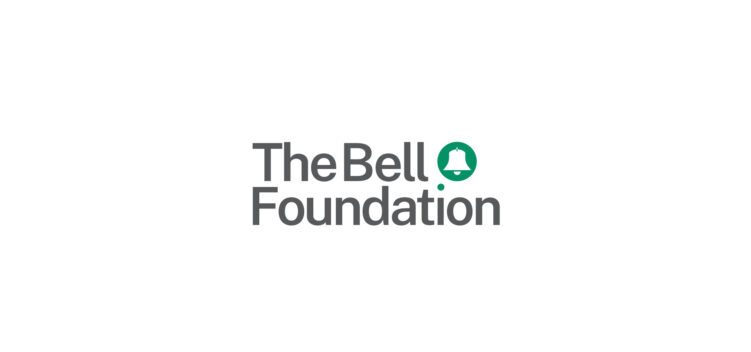Using Comprehensible English – for Secondary School (Online Regional Training)
- Date
- TBC
- Price
- £45
- Type
- Online course, Regional training
- Location
- Online
Explore our seven calls to action for the new Government to integrate children who use EAL.

Scaffolding means providing temporary support for an inexperienced learner in order to help them to complete a task or acquire a skill, and then gradually withdrawing that support. Inexperienced learners learn from working with someone more experienced than themselves as they are ‘scaffolded’ by their knowledge and expertise. This idea is integral to the learning of a language, as learners who are the New to English, Early Acquisition and Developing Competence stages of English language proficiency will need more scaffolding in terms of support for their language development.
Scaffolding language and learning includes such strategies as:
Scaffolding is important at all ages, in all subjects and at all stages of English language proficiency, but especially the earlier stages. Here are some examples:
1. Vocabulary building:
Teach key words and phrases in the learner’s first language in preparation for a task. Translated vocabulary could be provided or learners could use a bilingual dictionary to find out the meaning of target language. This way the learner is using what they already know in their first language as a scaffold for their learning. For example, GCSE poetry resources, such as Poppies by Jane Weir, identify key words and phrases for EAL learners to look up before or while reading the poem.
2. Substitution tables:
Substitution tables are an excellent way of providing scaffolding for EAL learners to generate simple sentences orally or in writing. They can give the learner choices about the content of their sentence whilst still maintaining a specific structure. For example, in Specialised Cells there are substitution tables to support EAL learners in describing particular cells, e.g. Sperm cells can swim, and also to describe the function of these cells, e.g. The function of nerve cells is to carry messages around the body.
3. Collaborative activities:
Provide planned opportunities for learners to work collaboratively, in pairs or a group, on a task that requires a particular type of talk and has a clear outcome. If the groups are of mixed ability, contain learners who share a first language and/ or more proficient users of English, this provides a scaffold.
4. Speaking and writing frames:
Like substitution tables, speaking and writing frames provide a scaffold for EAL learners to practise specific structures. For example, in A Balanced Diet, speaking/writing frame cards are provided as scaffolding to support EAL learners to talk and write about why we need particular elements for a healthy diet. We need _____________ to help…
The kind of support and scaffold that the teacher provides is crucial to the educational success of the learner. As demonstrated above scaffolding for language development can take a wide variety of different forms, such as peer support, use of first language, written prompts such as substitution tables or writing frames. The key elements are:
Top tip: Use a scaffold that will enable the cognitive challenge of the task to be appropriately high. For example, encouraging EAL learners to look up key language in advance in a bilingual dictionary will enable them to build on their prior knowledge and undertake a more challenging task than they would be able to tackle in English alone.
Scaffolding is important for EAL learners as it enables them to move from dependent to independent learning, as emphasised by NALDIC (1999). They gradually take over more of a task until they can do it without the expert’s support. They can then move onto more challenging learning which continues to be scaffolded by the expert. Scaffolding also enables teachers to maintain high expectations of the learner rather than simplifying the task.
Scaffolding is a key concept in Vygotsky’s work on the relationship between thought and language (e.g. Vygotsksy 1962), and Bruner’s research in the 1970s (e.g. Bruner 1975) also looked at this and suggested that language learning is scaffolded by what he termed the learner’s Language Acquisition Support System. More recently, practitioners like Gibbons emphasised the importance of scaffolding language as well as learning when working with EAL learners (Gibbons 2015).
Bruner, J., 1975, Language as an instrument of thought, in A. Davies (Ed.), Problems of Language and Learning, London: Heinemann.
Gibbons, P., 2015, Scaffolding language scaffolding learning (2nd edition), Portsmouth NH: Heinemann.
NALDIC, 1999, The distinctiveness of English as an Additional Language: a cross-curricular discipline, National Association of Language Development in the Curriculum, Working Paper 5.
Vygotsky L. S., 1962, Thought and language. Cambridge, Mass.: MIT Press.